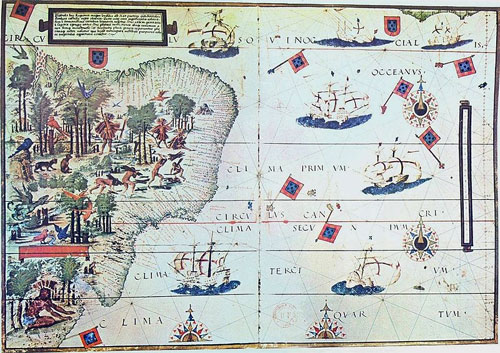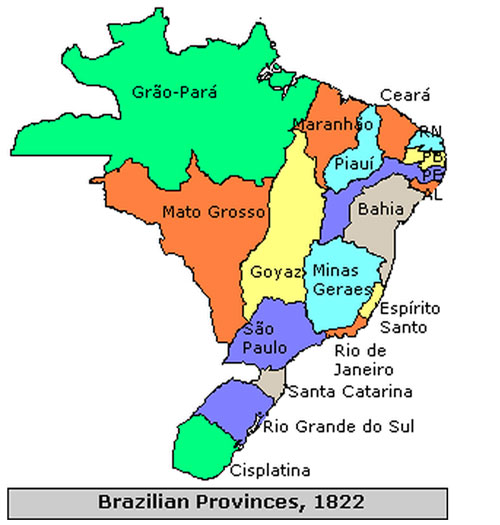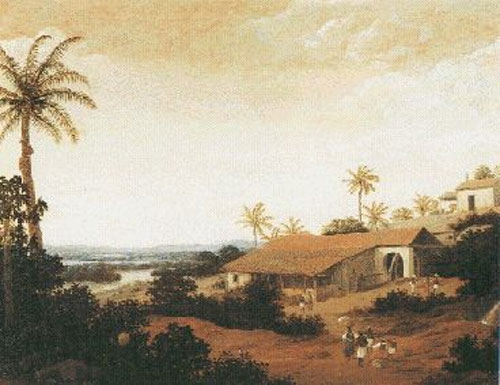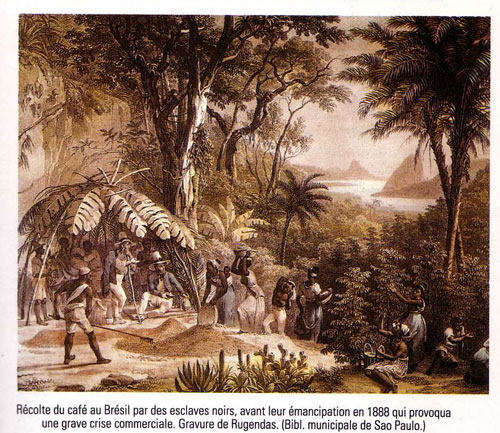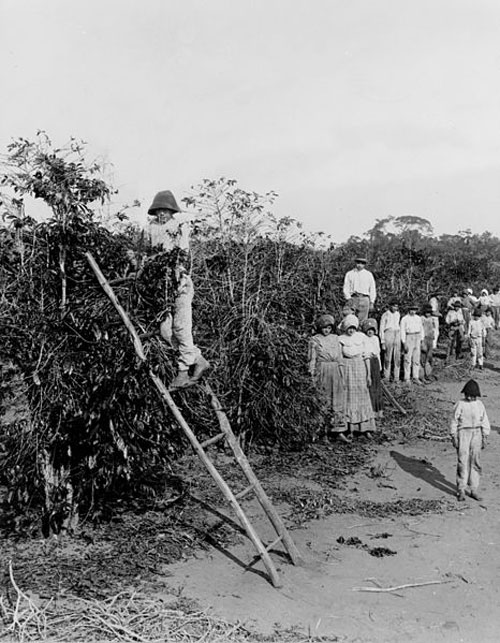RESOURCES
Chapter Notes
Chapter 14: Birth of the Coffee Republic
BY THE 19TH century coffee was being consumed throughout Europe, but supplies were drying up. The loss of Haiti as the major source of production caused a crisis that threatened to bring many in the industry to a state of collapse. Expansion was needed, but where would it come from? As it turned out, the sleeping giant was Brazil.
The development of the Brazilian coffee industry was different from the other places where it was first commercially grown. Partly this had to do with the nature of Brazil itself and the uniqueness of the Portuguese colonial experience.
Brazil as an independent nation was able to mould its political decision making around the commodity that, by the late 19th century, was providing its main source of wealth. Coffee barons who had grown enormously rich over the years, were able to become political power brokers in a way that was impossible in the colonial coffee producing world.
Brazil, from the very outset, had a mixed labour force of both bonded workers and chattel slaves.
The use of free immigrant labour increased exponentially as the century went on, allowing an alternative model of coffee production to co-exist with the traditional slave-based one. This created a more diverse coffee industry that, when the time came, had an easier transition to a non-slave labour force than the other slave-based countries.
|
